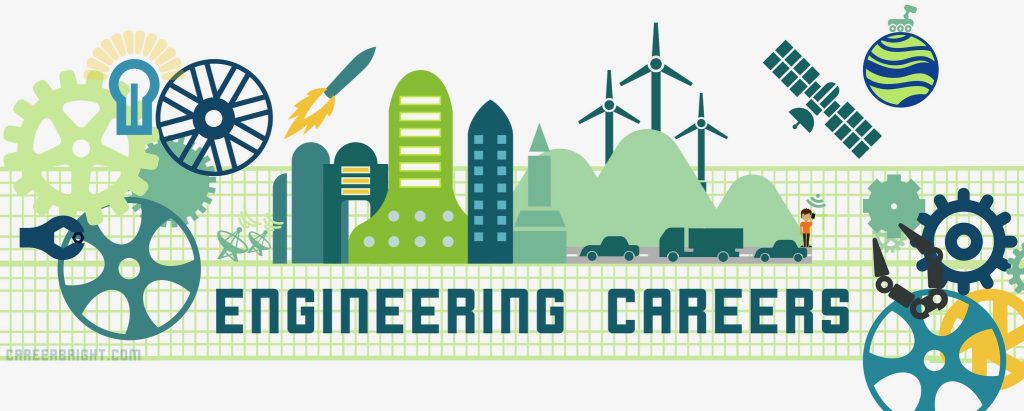
Many historical examples of engineering include ancient monuments as well as modern technology. For example, the ancient Egyptians credit Imhotep for building the step pyramid at Saqqara. Imhotep was credited with building the Saqqara step pyramid, which was completed in 3000 BC. Egyptians then deified him. You may have heard about this ancient Egyptian engineer. But did it surprise you that he was also a god deified?
Ancient engineering monuments
Many ancient engineering monuments can be seen as proof of the talent of humans. The pyramids of Egypt, ziggurats of Mesopotamia, and Pharos of Alexandria are testaments to ancient Egyptian civil and military engineers. Acropolis and cities in the Indus Valley civilization are other examples of engineering monuments. Ancient Greek and Roman engineers left behind monuments such as the Acropolis and the Colosseum. Mayan civil engineers built impressive structures such as the drainage systems and aqueducts at Teotihuacan in Mexico. Al-Jazari (a Turkish engineering monument) was built using five water pumping machines to serve the Artuqid monarchs. Other engineers, such as Mechanics created the concepts of gears and escapement mechanisms.
Early mechanical engineering
The 5th century BC in Mesopotamia is the beginning of mechanical engineering. The field has expanded greatly over the years, encompassing everything from automobiles to energy conversion to microelectromechanical systems. The history of mechanical engineers reveals that it wasn't as simple as it seems today. Mechanical engineering has had a profound impact on many aspects of human life, whether you're interested automobiles, manufacturing equipment or energy conversion.

Early electrical engineering
The relationship between electrical engineers and the government was particularly complicated after World War I. Radio communication was used in wartime to communicate with others, but the government had to regulate this new technology. In 1917, the United States government took control of all wireless stations, arguing that the radio spectrum was too valuable to leave uncontrolled. This was the start of a new era in communication technology. Today you can see the history behind electricity in New York City.
Radio technology in the early days
In the early 1900s, radios were used for simplex communications. Morse Code was used to transmit messages. It is the same code that was used to write. These communications were one-way and couldn't be overheard. Despite the limitations of early radios the idea of sending electricity over great distances was groundbreaking. It would take a new technology to make long-distance telephone connections possible.
Electric generators from the beginning
The creation of an early electric generator was a remarkable feat of engineering. This made it possible produce small amounts of electricity with little effort. Hydroelectric power was developed in the Sierra Nevada during the 1880s when hydraulic mines began to experiment with it. In 1893, Almarian Decker, a former engineer of the Brush arc light company who had moved to California because of tuberculosis, integrated generation and transmission in the first three-phase alternate-current power plant in Redlands.
Early electric engineering in the west
The 19th-century is the start of the history in electrical engineering. Alexander Graham Bell and Thomas Edison, two of the greatest figures in the industry, were there at that time. They were among the first engineers to specialize on electricity as it spread quickly. The development of the electrical industry was a major change in the world. Large employers of electrical engineers became possible. While the TVA was the most famous of government initiatives in this area, local governments also provided service and power.

Santa Clara's early days of electrical engineering
Santa Clara University's School of Engineering was founded in 1912. They began offering bachelor's degree programs. The school later expanded its offerings to include master's and doctoral programs. The school is now open to all of Silicon Valley. The school offers many programs in electrical engineering, including advanced degrees. In addition, there are many opportunities for networking and continuing education. It is the only national association of professionals that is dedicated to electric engineering.
Early electrical engineering in England
England was home to electrical engineering. Many of the pioneers of this field were born in the UK, including George Stephenson (Isambard Kingdom Brunel) and Thomas Telford. In 1821 Michael Faraday demonstrated that electrical energy could be converted into mechanical energy. This made the field more solid. These pioneers were not the only ones who contributed to the field's growth.
The United States' early days of electrical engineering
Electricity is not a new technology. However, many other jurisdictions saw it as a necessity. It was the government that began to be responsible for providing electricity and communication to citizens. This area is best known for the TVA, but other examples exist. The norm was government control of power, and communication outside the USA. Electrical engineers realized the importance of developing their field with technological advances.
FAQ
Do I need special qualifications to study engineering?
No. All you need are good grades in your GCSEs. Some universities require applicants to have a certain level of academic achievement before they are allowed to enroll. Cambridge University for instance requires applicants to have A*-C in Maths, English Language, Science, and Maths.
You will need to complete additional courses if you do not meet the requirements.
Additional maths/science subjects or a language course might be required. Ask your school guidance counselors about these options.
What does an electrician do?
They design power systems for use by people.
They are responsible to design, build, test, install, maintain, and repair all types of electrical equipment used by industry, government and residential customers.
They plan and direct the installation of these systems.
Electrical engineers design and install electronic devices, circuits, and components that convert electricity into useful forms.
Is it necessary to have a degree in order to become an engineer.
Engineers do not need a bachelor's degree. Many employers prefer applicants with degrees. Even if your degree is not yet earned, you can still take online classes to earn it.
Elon Musk is a type of engineer.
He's an inventor who loves to think outside of the box.
He is also a risk taker.
He's not afraid to experiment with new ideas and is open to taking risks.
Elon Musk is a great example of someone who thinks differently from other people. He doesn't follow what everyone else says. He tests his ideas, then decides if they are successful. He changes his ideas if they don’t work and then he tries again until he has something that works. This helps him to become more adept at solving problems and creating innovative ideas.
Statistics
- Job growth outlook through 2030: 9% (snhu.edu)
- 14% of Industrial engineers design systems that combine workers, machines, and more to create a product or service to eliminate wastefulness in production processes, according to BLS efficiently. (snhu.edu)
External Links
How To
How to use the Engineering Technical Pen
A quality engineering technical pen must have:
-
An ergonomic grip
-
A comfortable writing surface (a rubberized grip would work best)
-
It's easy to access ink cartridges
-
There is enough space to correct mistakes
-
Nuts of good quality
-
Ergonomics designed for long-term usage
-
Excellent visibility of ink cartridge levels
-
A low-weight diet
-
Good price/value ratio
These tools require that you learn how to properly use them.